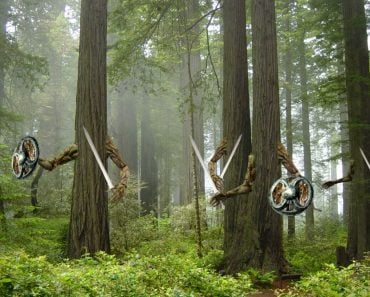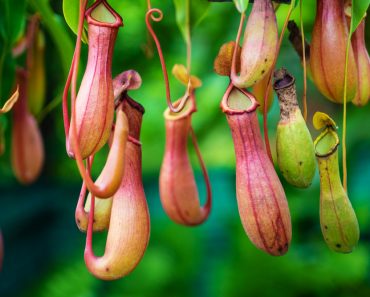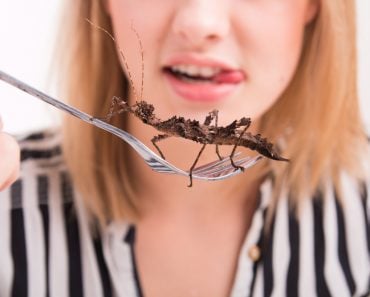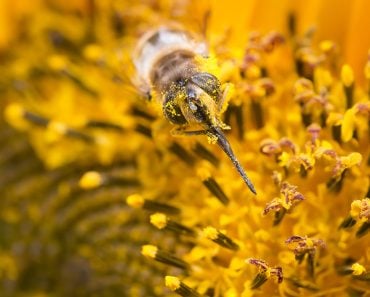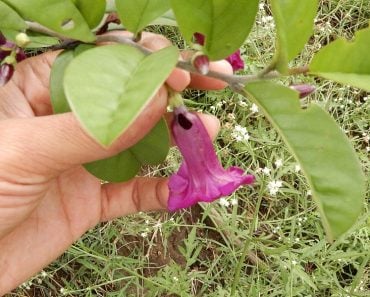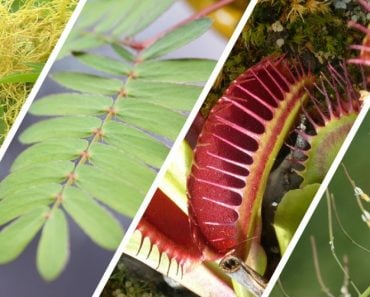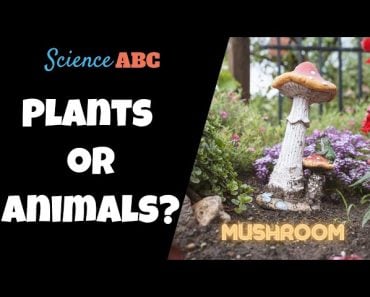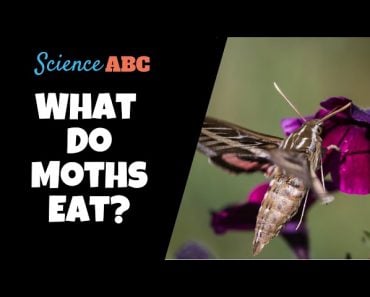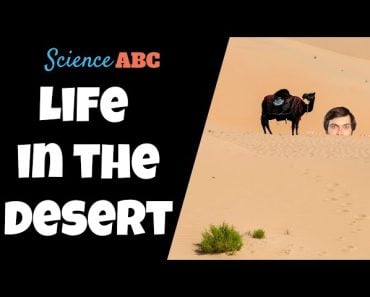Table of Contents (click to expand)
Carnivorous plants have evolved to eat other plants and insects as a means of obtaining nitrates, which they would otherwise be lacking if they grew in nitrogen-deficient soil. Additionally, these plants have developed the ability to digest their prey, which helps them to obtain a supplemental supply of nitrogen.
Charles Darwin found carnivorous plants to be some of “the most wonderful plants in the world”, for he wasn’t impressed by their charming looks, but rather with what they do. They eat other plants and insects, that’s what they do.
Yes, the tables have turned.
Carnivorous plants have been estimated to have evolved around 60-125 million years ago. However, what made them indulge in such an immoral act of eating their own or in a sudden outburst of temper, finally eat the buggers sitting on them? Honestly, I’d do the same if people sat on me without acknowledging my presence. This would obviously be out of spite. Plants, on the other hand, do it out of need.
Recommended Video for you:
The Most Coveted Need: Nutrition
Every organism on this planet is a survivor, and fights a battle every day. Only the fit can survive. Fitness has a broad meaning when it comes to evolutionary biology but let’s say in its most primitive sense it is derived from consuming food, so an organism that eats every day stays healthy, fit, to fight another day.

The primary source of food for plants is the environment and soil that their roots clench beneath them. They are photosynthetic organisms that transform inorganic matter from the environment into organic molecules (glucose). Other than carbon dioxide seeping in from the air, they also require other important nutrients, which they receive from the mish-mash of water and soil. Watered soil perpetuates the nitrification of bacteria. This is the process of converting ammonia from protein decay into crucial nitrite and nitrates ions.
What if an unfortunate plant grows in a habitat that lacks these nutrients?
Carnivorous plants are a specialized group of plants that grow in wet, boggy, acidic soils. The pH of the water and soil they grow in is too acidic to allow nitrification. It seems that they compensated for this shortage with the ability to digest insects and other arthropods.
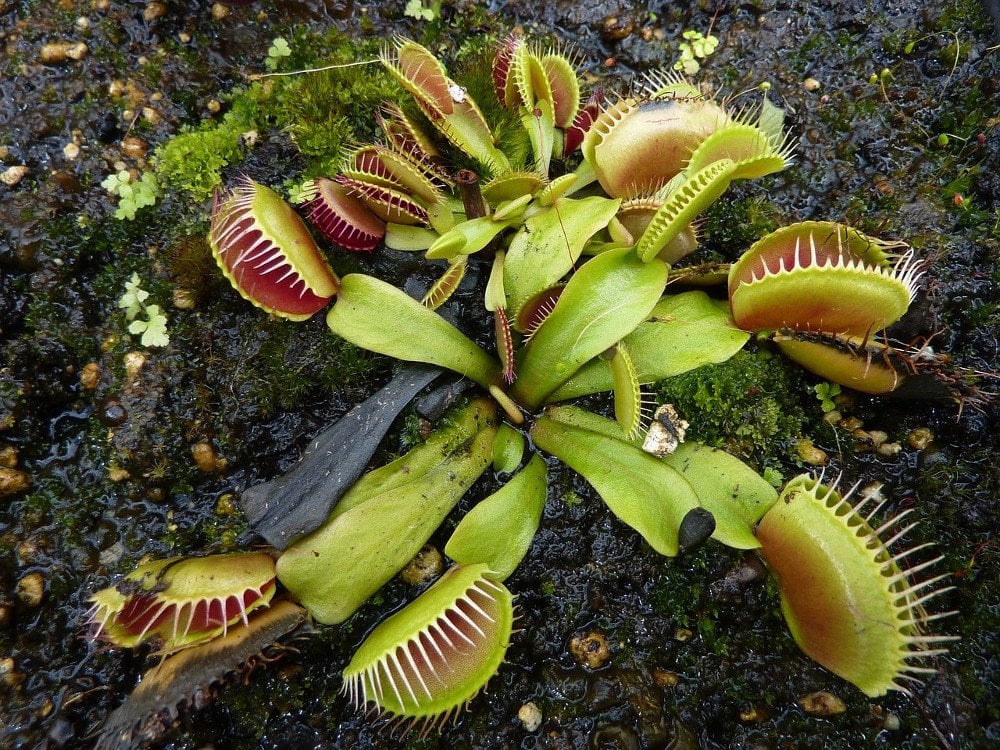
Therefore, nitrogen-devoid soil plants have evolved into carnivorous plants that can entrap and digest insects as a means of obtaining nitrates.
Also Read: How Can We Replenish Soil Nitrogen Without Using Synthetic Fertilizers?
The Manipulation Of Biological Mechanisms
This type of evolution is called convergent evolution. It is a product of strict biological restrictions imposed by nutrient-scarce ecosystems. Beneath the inexhaustible beauty of nature lies a highly ungenerous parent. In dire necessity, it never provides, but rather forsakes its children, forcing them to utilize what they already possess — they must adapt.
The ones who do adapt will live on to make their presence felt, while the stubborn ones who don’t will, well, famish and die. In some sense, this extremely strict edification makes an organism self-sustaining and researchers think this is exactly what happened.
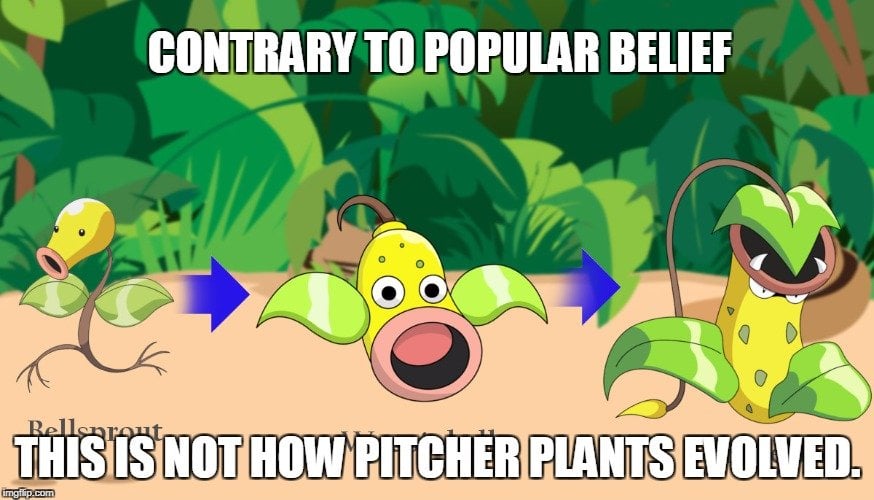
A team confirmed this when they successfully identified the key genomic changes that allowed some plants to adopt a carnivorous lifestyle. Carnivorous plants realized that the creation of entirely new molecular strategies isn’t necessary. Previously existing genes could be assigned new biological functions to produce these necessary molecules. This is called ‘co-option’. The selection here isn’t random, it is guided by externalities. Although, the genetic mutation is random, which is why they are so difficult to detect.
According to Professor Julio Rozas, from the Department of Genetics, Microbiology and Statistics, “these plants’ ability to feed from animals in poor soils is the result of the action of natural selection, which independently favored several genetic changes on the same set of genes.”
Also Read: How Do Some Common Insectivorous Plants Work?
The First Mechanism: The Trap
Natural selection operates on the scale of genes. Genes contain the blueprint on the basis of which our body parts are manufactured. Because there are only a limited number of genes and new genes, new abilities cannot simply be imbued within us of out of sheer necessity; the organism must alter the functions of a few genes over time, or rather, compromise a few abilities to replace them with new ones.

For instance, humans and chimps diverged from a single ancestor some seven million years ago. Both species possess a hand that contains four fingers and one thumb. However, the set of genes responsible for their structures are slightly different. We have shorter fingers and larger thumbs, which makes for highly precise gripping abilities, whereas chimps have elongated fingers and shorter thumbs, which are better for swinging.
The human hand changed in response to the pressures of natural selection to make us better toolmakers.
Similarly, the genes originally involved in defense against certain diseases or those responsible for responding to biotic or abiotic stress acquired new functions related to their ability to catch and feed on insects. Over the course of many generations, they developed a unique external biological mechanism that lures prey and entraps them as soon as they make contact. This mechanism helps them obtain a supplemental supply of nitrogen.
The Second Mechanism: Digestion
In addition to developing a strategy to catch prey, natural selection also operated on other plant genes to develop the ability to digest them, a phenomenon known as ‘parallel evolution’.
Rozas adds that, “According to the results, leaves that catch insects have gained new enzymatic functions: basic chitinase, which breaks down chitin (the main component of insects’ exoskeleton), and purple acid phosphatase, which releases phosphate groups from molecules, and it contributes to the mobilization of the prey’s phosphate.” Basically, a specific set of proteins evolved to act as digestive enzymes.
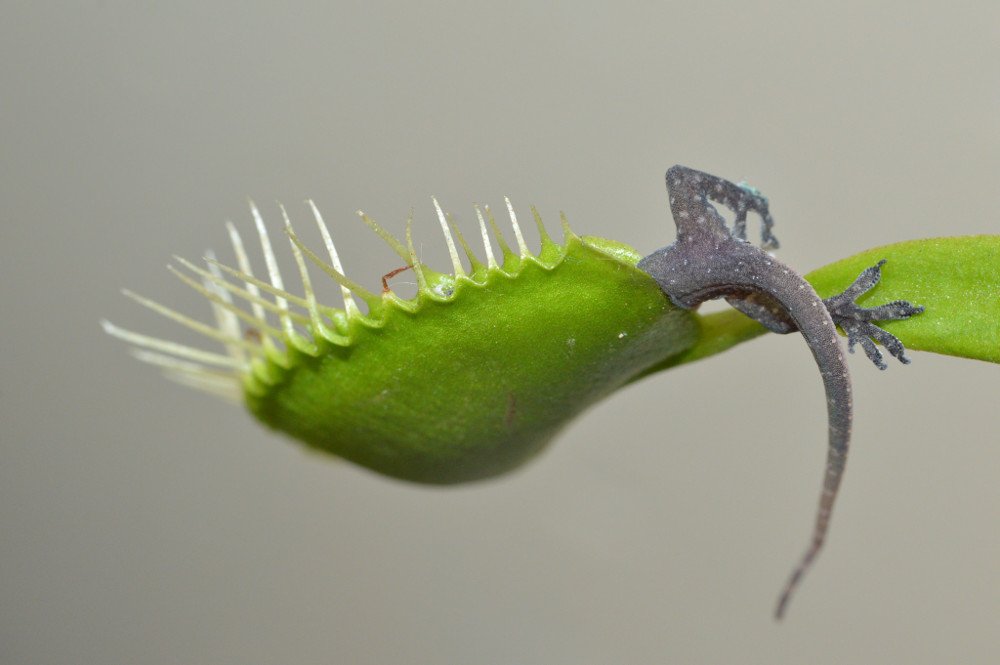
However, these plants do not have the resources to digest exoskeletons, they simply absorb the required nutrients, leaving behind a lifeless carcass.
Another group of researchers conducted a fascinating study in which they grew carnivorous plants in an absence of animal protein. They regularly nourished them with suitable fertilizers, but artificial fertilization did not allow for sufficient growth. In fact their fruiting and budding was gravely reduced. Apparently, there’s something in insects or other animals that allow for optimum growth!
The earliest carnivorous plants used sticky traps, most famously associated with sundews, close relatives to fly traps and waterwheels. The sundews were an immense source of fascination to Darwin, who eventually delineated them with exquisitely detailed diagrams in his book Insectivorous Plants. Their weapon is a bunch of stem-like tentacles covered in bristles. Their heads are encompassed by what look like water droplets, but are actually composed of a viscous sticky liquid, the adhesive powers of which a prey cannot escape.
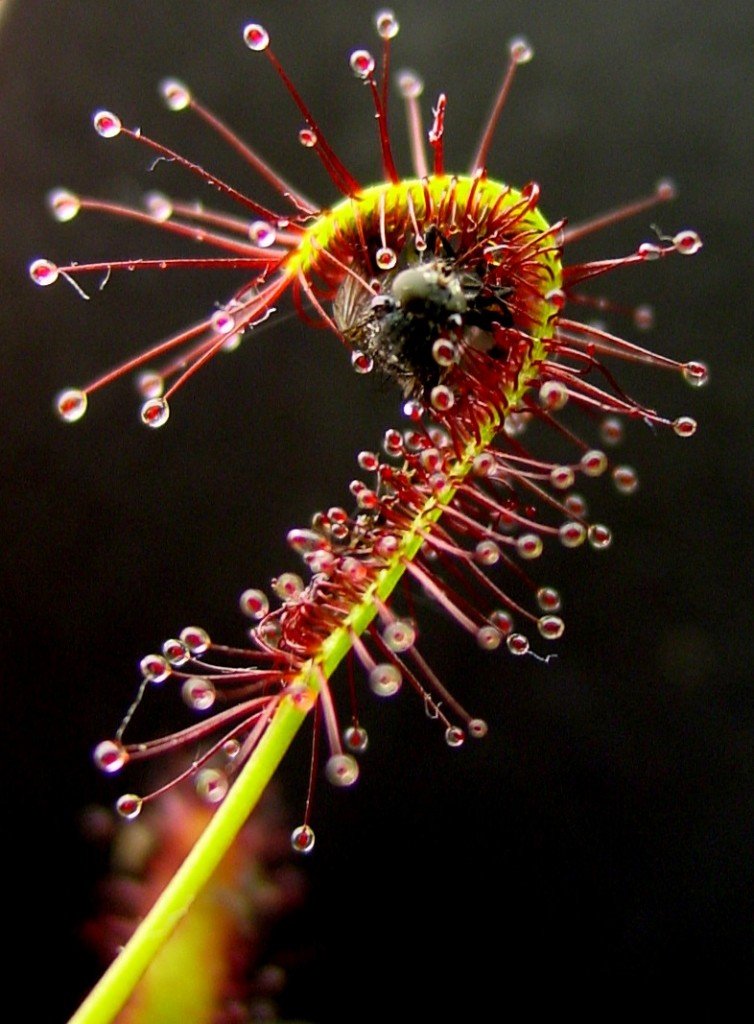
The tentacles then curl around itself to swallow the insect whole. In a succession of mutations, its curling reflex quickened to snap shut, its hairs evolved to sense movement, and the sticky solution turned into digestive enzymes. The plant doesn’t just survive, it thrives.

